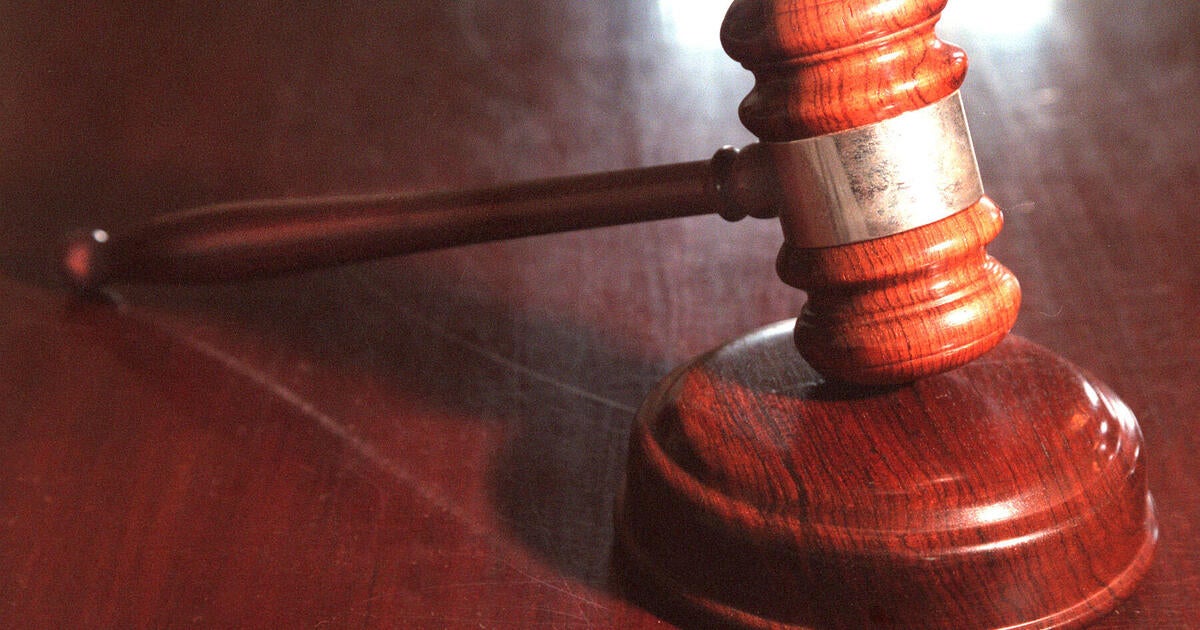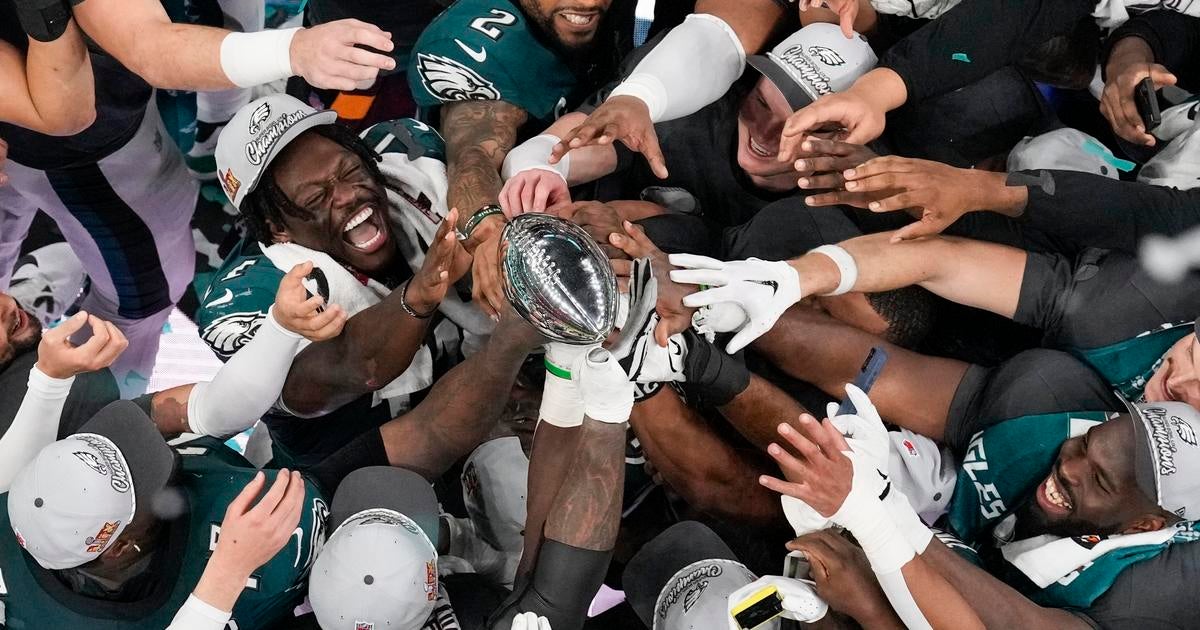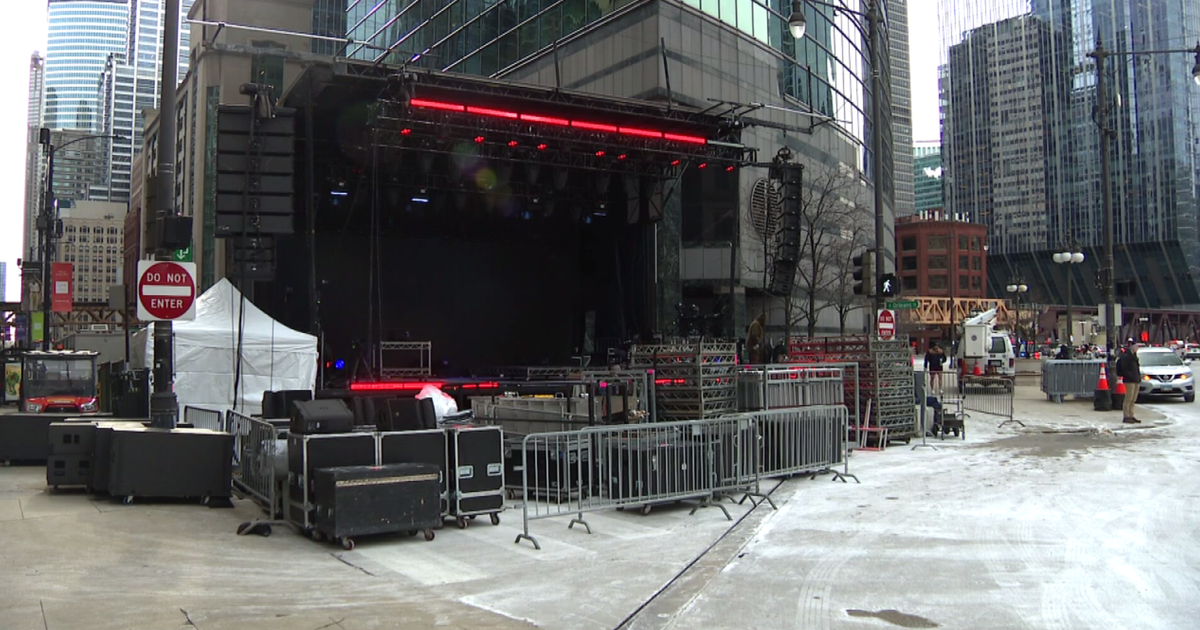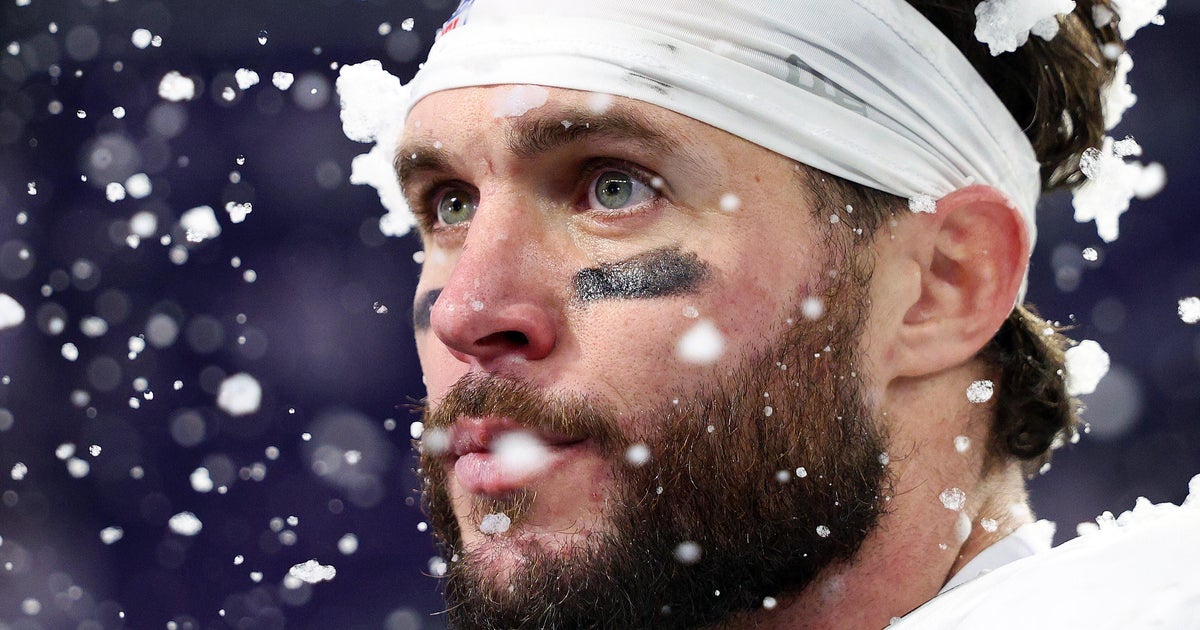Marlins Park Has A Long, Storied Tale
MIAMI (CBSMiami) – When Josh Johnson throws out the first pitch of the first inning at Marlins Park Wednesday night, it will be the culmination of years of political wrangling and infighting with a brand new stadium, logo, and team.
Ever since the Marlins first took the field in 1993, the team has wanted a stadium. The Marlins won their first World Series championship in 1997 and again in 2003. After the first championship, the Marlins started publicly fighting for a ballpark in 2000, under then Marlins owner, John Henry.
The Marlins eventually got both the state legislature and Miami-Dade County working on a deal to put a stadium at Bicentennial Park or along the Miami River in 2000. But shortly thereafter, the deal fell through.
In 2002 current Marlins owner Jeffrey Loria and President David Samson took over and showed they would play hardball for a new stadium, all the while saying the ballpark was for the community's benefit.
"The issue all along has been what kind of city do we choose to live in?," Loria said.
After the Marlins won a second World Series title in 2003, the owners began openly talking with other cities as a threat to Florida officials. The duo threatened to take the Fish out of South Florida and even publicly flirted with other city's Mayors, even going so far as to invite the mayor of San Antonio to watch opening day against the Houston Astros in 2004.
Then in 2005, Miami-Dade Mayor Carlos Alvarez and Miami Mayor Manny Diaz publicly got behind the team and begin a campaign for a Marlins stadium in Miami-Dade County. The Marlins would leave the confines of Sun Life Stadium for the new park once it was constructed.
"We're not building this for the Miami Marlins. We are building this stadium for our community to enjoy," Alvarez said.
In February 2008, after numerous public temper tantrums, protests and disagreements between local elected leaders and the team over the half-billion dollar pricetag and parking, naming and vendor contracts, it seemed the plan to tear down the Orange Bowl and build a new shiny stadium was complete.
"Today one of the longest running hopes for a stadium in the history of the game has ended..successfully," said Loria.
Also in February 2008, shortly after the deal was struck, Miami billionaire Norman Braman files a lawsuit to stop the deal in its tracks, demanding a public vote.
By April 2008, the Orange Bowl in Little Havana was demolished after the Miami Hurricanes moved to Sun Life Stadium for their home games. The move upset scores of Hurricanes fans and left a giant hole in the city needing to be filled.
In Septemeber, 2008 Braman lost his lawsuit but the deal was dead anyway, after state funding fell through.
But just like a phoenix, the deal quickly began to rise from the ashes and was renegotiated until a deal was finally locked into place in March, 2009.
The deal saw the county pay more than $300 million, the city of Miami chip in $119 million, and the Marlins contribute more than $100 million to pay for the new stadium. The team would pay cost overruns for the stadium and taxpayers would pay cost overruns on the rest of the facility.
After everything was calculated including interest and other costs, the stadium will cost taxpayers $2.4 billion spread over 40 years, according to CBS4 news partner the Miami Herald.
Braman demanded the Marlins' financials as the team repeatedly claimed poverty as to why they couldn't pay more for the stadium or the roster.
The Marlins poverty claims were disproved a few years later when the sports news website Deadspin.com published the Marlins' financial statements that showed the team was making money hand over fist and pocketing it rather than reinvesting in the team.
Still, with the deal officially approved in contentious votes in March 2009, things began to move forward for the new stadium to be built on the site of the old Orange Bowl stadium in Little Havana.
By July 2009, the groundbreaking of construction on what would become Marlins Park was held. The stadium then began to take shape over the next year, but structural issues were discovered with the construction of the retractable roof and parking garages that had to be addressed.
After Deadspin revealed the financials, momentum picked up for a recall vote against Miami-Dade County Mayor Carlos Alvarez. Braman led the fight against Alvarez in March 2011 and eventually succeeded in getting Alvarez, a major stadium supporter, voted out of office in the recall.
Still, construction continued on the new stadium through the rest of 2011. The massive structure took shape over Little Havana and then more allegations of wrongdoing surrounding the deal began to surface.
Just one month after the Marlins revealed their new uniforms, logos, and home run sculpture, the Securities and Exchange Commission reportedly opened an investigation into the Marlins' financial statements. The SEC has refused to give a status on the state of the Marlins investigation.
Construction on the stadium began to finish up in late 2011 and early 2012. The Marlins also decided to spend big on their roster at the 2012 Winter Meetings. The team invested more than $150 million in shortstop Jose Reyes, pitcher Mark Buehrle, and closing pitcher Heath Bell.
By March 2012, fans began to get a look inside the massive new stadium and liked what they saw. Marlins Park will be the most up-to-date stadium in Major League Baseball and fans who have gone into the stadium said there's not a bad seat in the house.
But before the stadium could open, worries over parking started to overshadow the stadium. Marlins Park will hold 37,000 fans, but only 5,700 spaces were created for on-site parking. The majority of those spots will go to season-ticket holders, leaving everyone else to fight for parking nearby.
The Marlins agreed to pay to have some local lots converted to surface parking for local residents to alleviate neighborhood concerns. The team and local officials hope that mass transportation and neighbors looking to make some money off parking will help alleviate any potential parking headaches.
Wednesday, the ribbon was cut, workers began putting the final polish on the seats and food areas and the team began final preparations for the first regular season game ever at the stadium.
It's been a long journey to finally get to opening day 2012. The trip has been filled with acrimony, accusations, financial questions, construction questions, lawsuits, and countless other problems.
But Wednesday at 7:05 p.m., everything will finally come to the ultimate conclusion when the home plate umpire yells out "PLAY BALL," and a new era for the Marlins and Miami begins.







